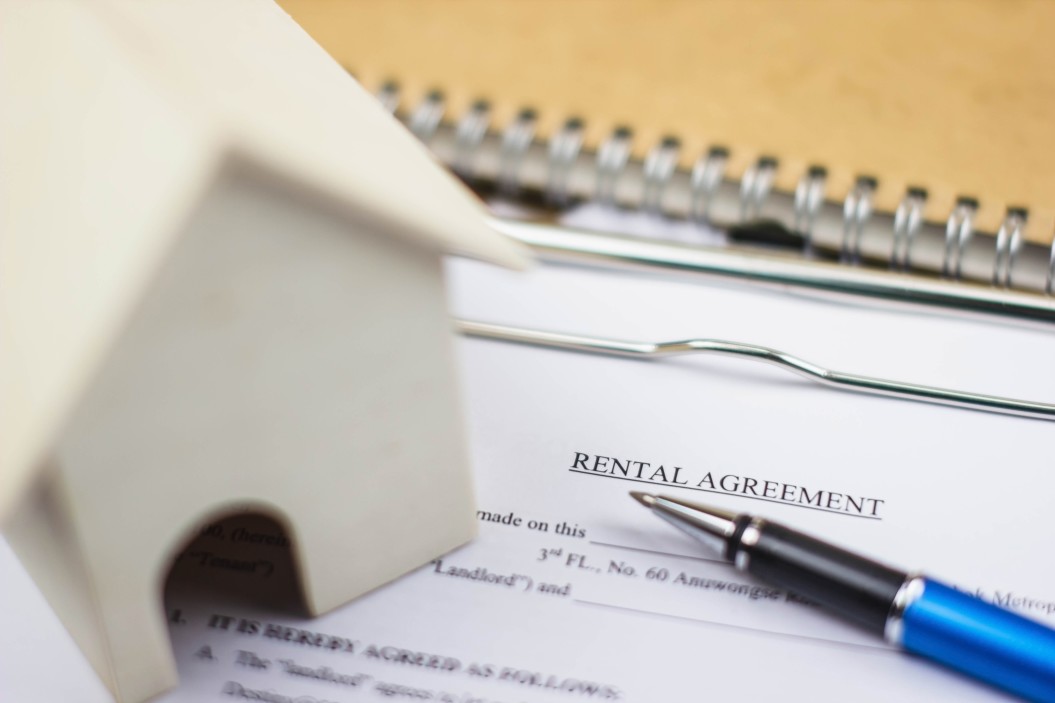Traps for the Unwary -Why Renewing Tenants May Get a Bad Deal
Many tenants assume that their lease will be renewed on reasonable terms and leave an insufficient amount of time for the renewal to be negotiated. It often turns out that the landlord’s draft proposal involves substantially higher costs than anticipated. If there is not enough time to determine if a better alternative can be negotiated elsewhere, the tenant is left with no options. That is why many tenants, including large national firms, often end up with a bad deal.
Landlords frequently offer to renew tenant’s terms that are not as good as those offered to new tenants. The landlord knows that new tenants are in the market shopping around. To attract new tenants, the landlord must be willing to match the competition in terms of rental rate, free rent, utilities, tenant improvements, building systems, communications, security systems, electrical capacity, lobby appearance and other factors. However, if you are a tenant interested in a renewal, the landlord presumes – and tends to be right – that you are not shopping around. The landlord assumes that you are primarily concerned with avoiding the cost and disruption of a move, and that the landlord can probably keep you in the building without offering you nearly as much as a new tenant is offered.
If you assume the cost and disruption of moving are so high that your only good option is to renew your lease, it will become your only option. You will be a captive market, and you could easily miss substantial benefits that your landlord offers as inducements for new tenants.
Here’s a proven strategy for maximizing the value of any renewal — even if you are 100% committed to staying at your current location.
-
Use time to your advantage

You need to start early enough so you have time for all the normal phases of site selection, financial negotiation, and analysis, lease negotiation — plus time to walk away from a bad deal and continue negotiations elsewhere if need be. This means that if you plan to renew at your current location, you should be actively assessing your options at least 12 and preferably 18 months before your target move-in/renewal date.
You could be in for a shock if you let time slip through your fingers. Even a tenant that negotiates renewal terms with a landlord but does not finalize the lease amendment may find that those terms are no longer being offered as the lease expiration approaches.
Related: Cost Saving Strategies to Reduce Rental Expenses
-
Understand your options in the marketplace
If you don’t have a good idea of what lease terms other tenants in the market are getting now, then you have no way of determining whether a landlord’s proposed renewal is a good deal or a bad deal. Your landlord’s offer could easily be less generous than what other tenants in your building or your submarket are getting. In that case it would qualify as a bad deal even though it might be an improvement over your original lease.
Rent and tenant improvement allowances are just the beginning. Equally important are terms buried in the fine print, terms which can undermine what you assumed to be a good deal. For example, the operating expense clause, electricity clause, use clause, sublease clause and all clauses relating to landlord performance standards.
More: What is the Difference Between an Assignment and a Sublease?
-
Use your inside knowledge of your current building and/or landlord’s operations to formulate the terms of your renewal
 As a long-time resident of the building where you plan to renew, you have a key advantage that can help you secure improved lease terms. You know the physical characteristics of the building and how it has functioned in the past. If you have always been dissatisfied with the way the common area lavatories look, elevator waiting times, how the HVAC system functions, etc., your broker should be specific about these issues in negotiating your lease renewal. Seek specific quantifiable improvements. Calculate a reasonable dollar value for each improvement to be made and stipulate a penalty or consequence if changes agreed upon are not made within an agreed-upon time period. Implement the changes agreed upon with effective business terms in your new lease.
As a long-time resident of the building where you plan to renew, you have a key advantage that can help you secure improved lease terms. You know the physical characteristics of the building and how it has functioned in the past. If you have always been dissatisfied with the way the common area lavatories look, elevator waiting times, how the HVAC system functions, etc., your broker should be specific about these issues in negotiating your lease renewal. Seek specific quantifiable improvements. Calculate a reasonable dollar value for each improvement to be made and stipulate a penalty or consequence if changes agreed upon are not made within an agreed-upon time period. Implement the changes agreed upon with effective business terms in your new lease.
-
Let your landlord know you are actively seeking alternative locations.
Preserving good relations with a current landlord is often cited by tenants as a reason for “going it alone” when it comes to negotiating a lease renewal. The unfortunate effect of such a strategy is that it reinforces ownership’s belief that you have no options and don’t take the prospect of lease negotiations seriously. It’s a clear sign that you are prepared to settle for whatever is offered.
Negotiating a lease renewal should be treated like any other business operation — the management team makes a reasoned assessment of all relevant options and selects the best fit. It’s important to let owners know that this is your approach to whatever terms they might offer — or expect you to accept in a lease renewal. When a landlord understands that you are having a tenant representative objectively evaluate the marketplace, they are likely to become more realistic about what your lease renewal is worth.
More Info: Tips for Renegotiating Rent Due to COVID-19
-
Understand what it will cost your landlord if you move out.
A common stumbling block in renewal negotiations is the undeniable fact that no matter how good a deal you will get by moving, you will also incur costs that may be substantial — the cost of the physical move, new telecommunications wiring, perhaps costs of building out the new space that go beyond what ownership will supply, new stationery, perhaps new furniture, etc.
However, the landlord will also incur substantial costs if you leave for more favorable terms elsewhere. For instance, potentially lost revenue, promotional costs, brokerage commissions, infrastructure refurbishment, demolition costs and build-out costs. In every situation, these costs can be quantified with a high degree of accuracy, and should be part of discussions with landlord to maximize the value you get as a renewing tenant.
Related: Design Trends to Avoid When Renovating a Rental
The differential in these costs — what a landlord will spend to attract a new tenant, and what they will spend to retain you — can be substantial, and easily exceed a year’s rent. With an astute tenant representative and a properly structured negotiation — some portion at least, of these savings, can be used to further reduce your costs should you elect to renew at a current location.
-
Be prepared to move if you can’t get market-rate terms.
 Ultimately, if your analysis of the market indicates that by moving you will incur substantially lower costs over the term of the lease, this is probably the option you should select. Moving for marginal savings – 2% or 3% — might not be warranted, but if projected savings are 10% or more, this is likely to be your better option. No matter how specialized your facility, no matter how convenient its location, no matter what the cost of build-out, if a comprehensive site selection process, financial and lease analysis shows you can get better terms elsewhere, it may be time to move on. Occupancy costs are often the second largest fixed cost a tenant faces; in total, they may consume up to 50% of net revenue. Managing occupancy costs is a critical corporate responsibility. When landlords understand that lease renewals are not a “sure thing”; when tenants regularly subject lease renewals to an objective, market-driven process, the result is likely reduced occupancy costs across the board.
Ultimately, if your analysis of the market indicates that by moving you will incur substantially lower costs over the term of the lease, this is probably the option you should select. Moving for marginal savings – 2% or 3% — might not be warranted, but if projected savings are 10% or more, this is likely to be your better option. No matter how specialized your facility, no matter how convenient its location, no matter what the cost of build-out, if a comprehensive site selection process, financial and lease analysis shows you can get better terms elsewhere, it may be time to move on. Occupancy costs are often the second largest fixed cost a tenant faces; in total, they may consume up to 50% of net revenue. Managing occupancy costs is a critical corporate responsibility. When landlords understand that lease renewals are not a “sure thing”; when tenants regularly subject lease renewals to an objective, market-driven process, the result is likely reduced occupancy costs across the board.
For more information contact my office anytime!

